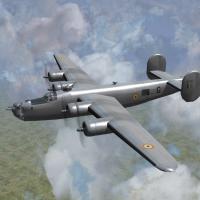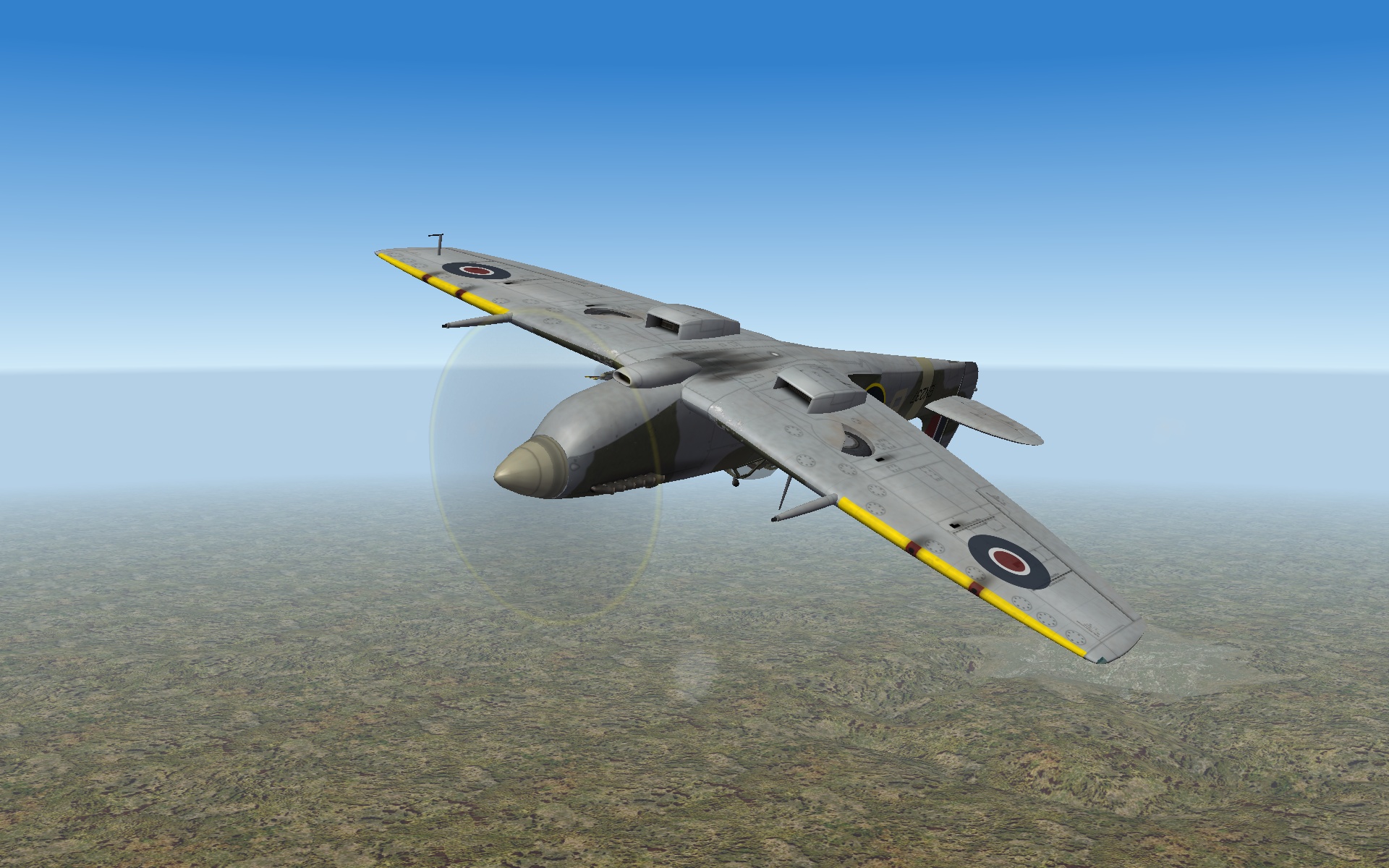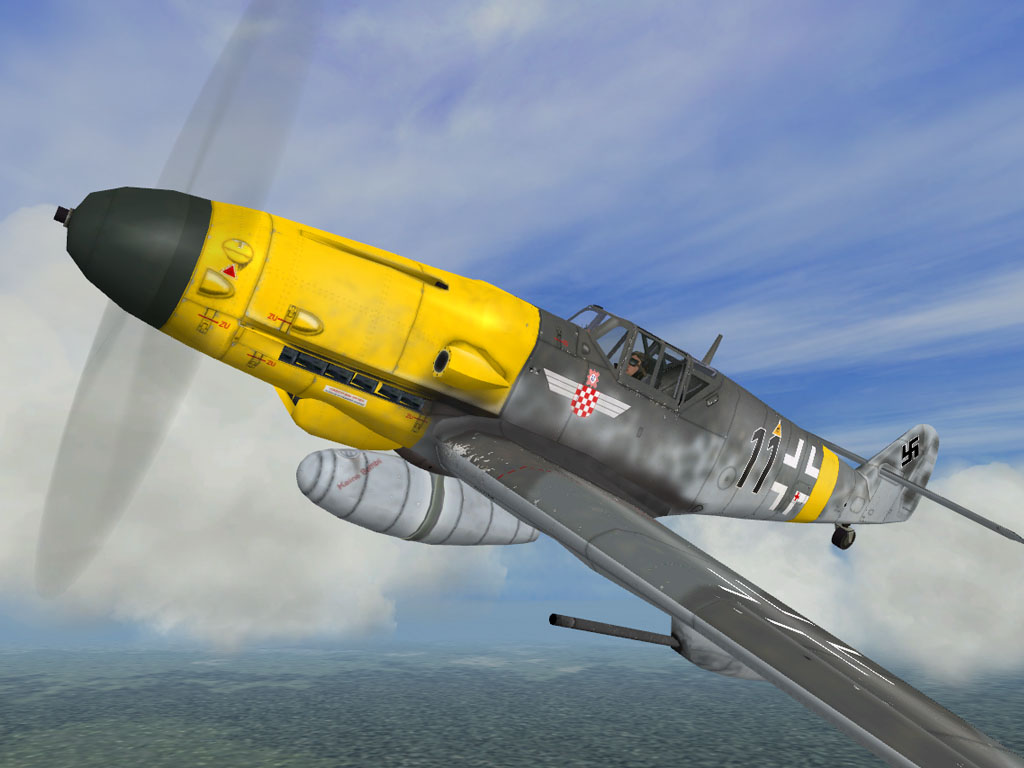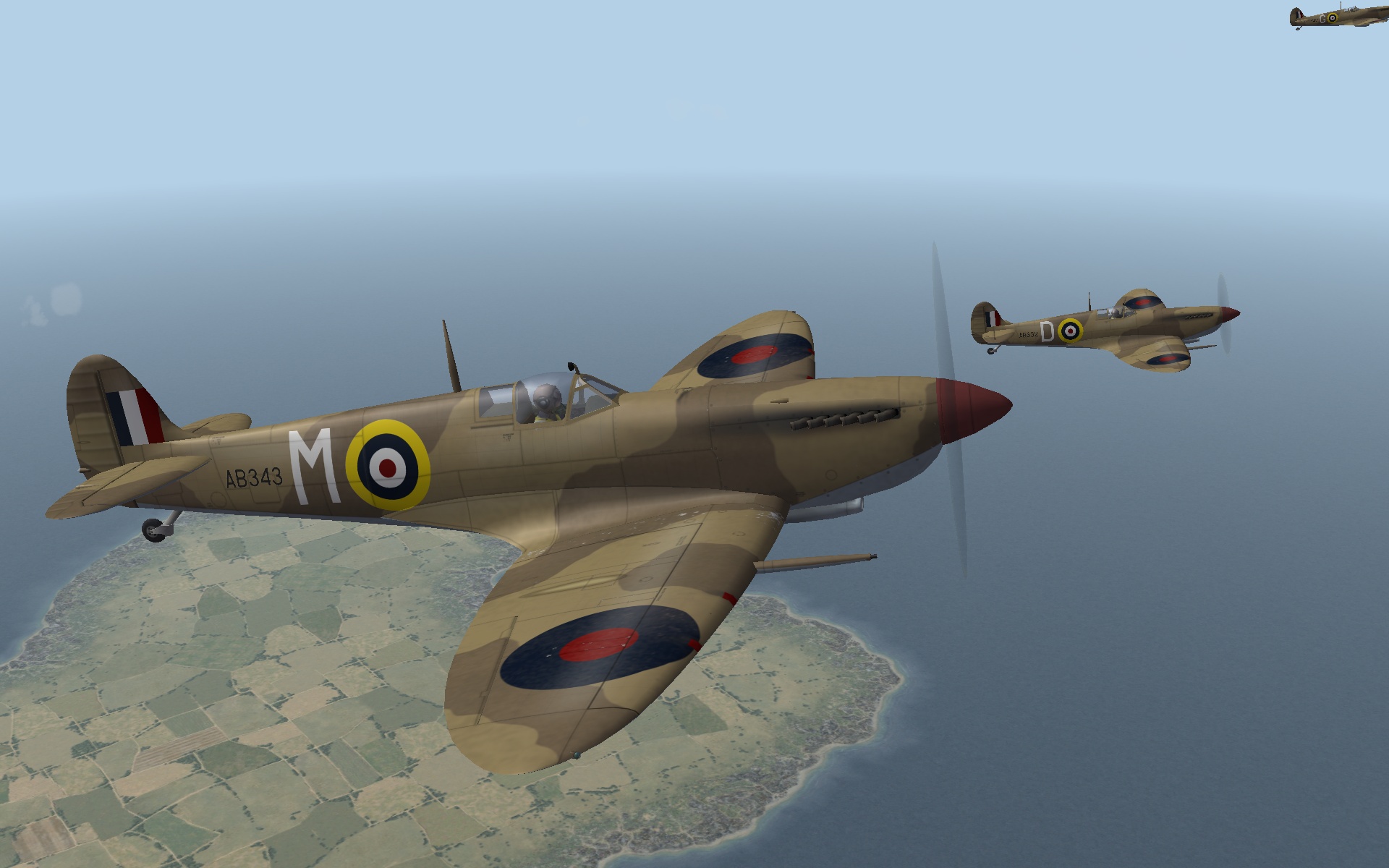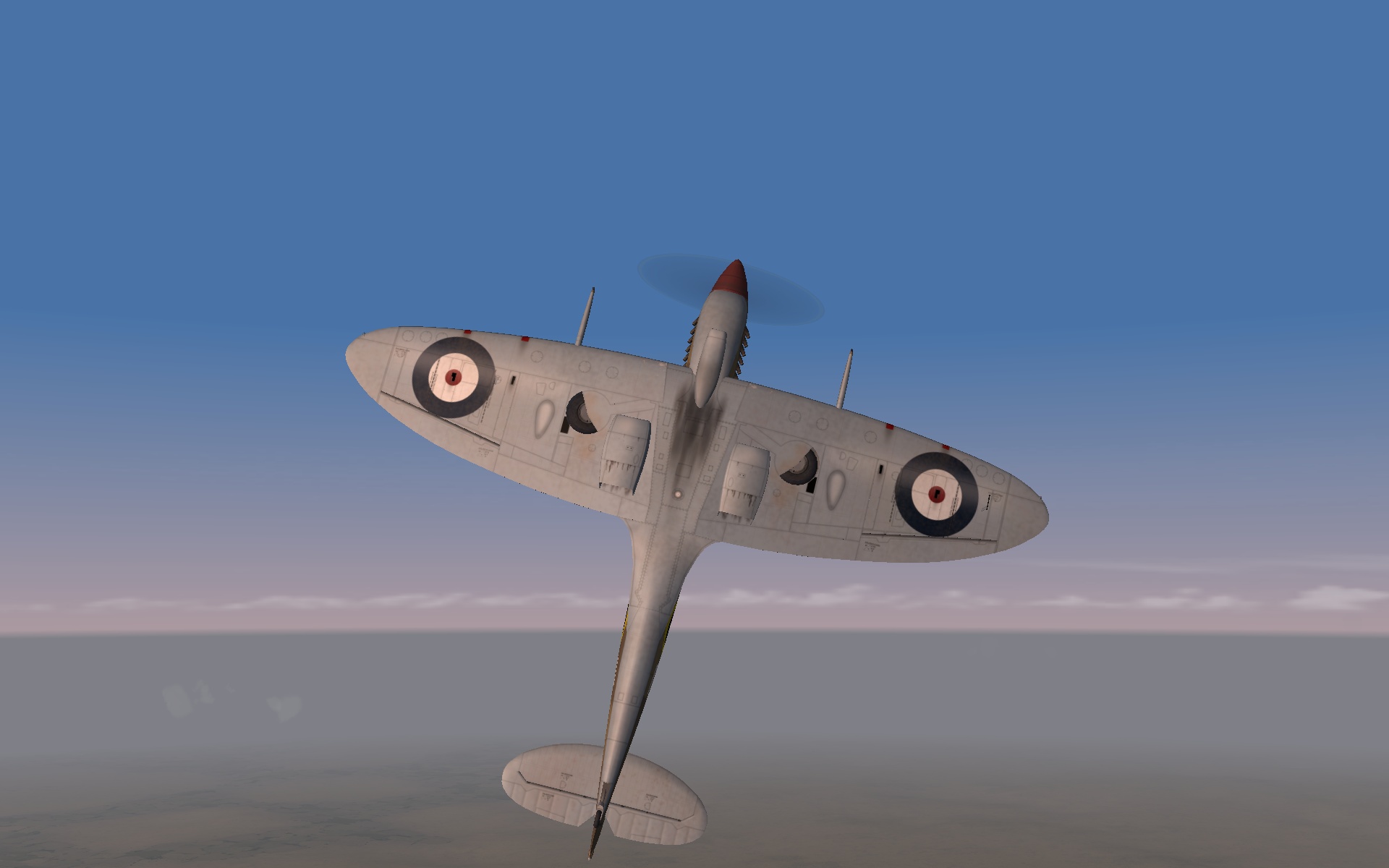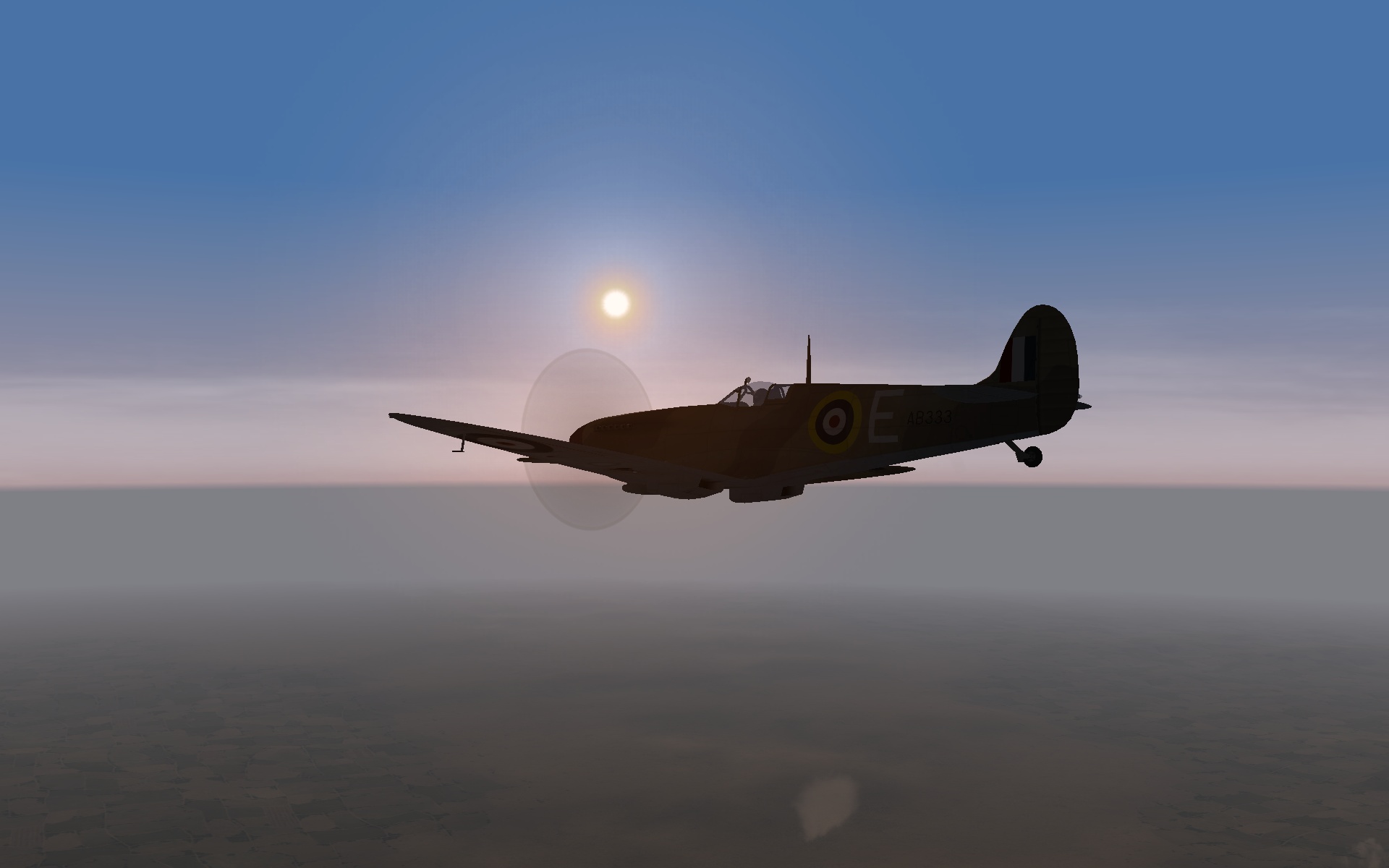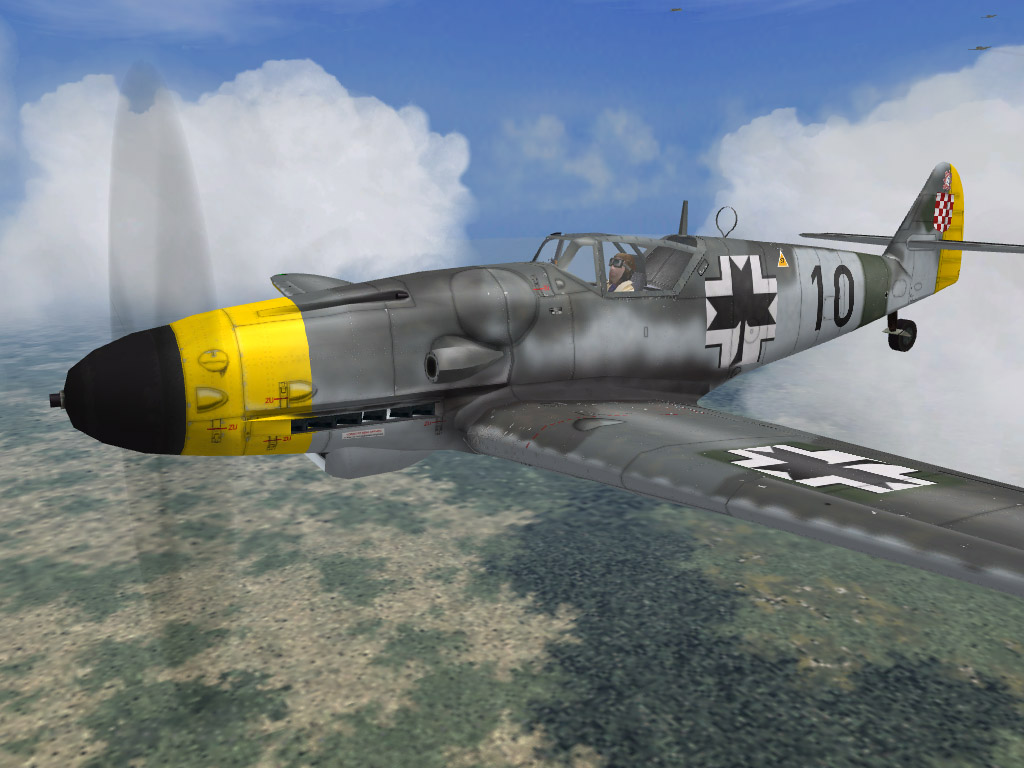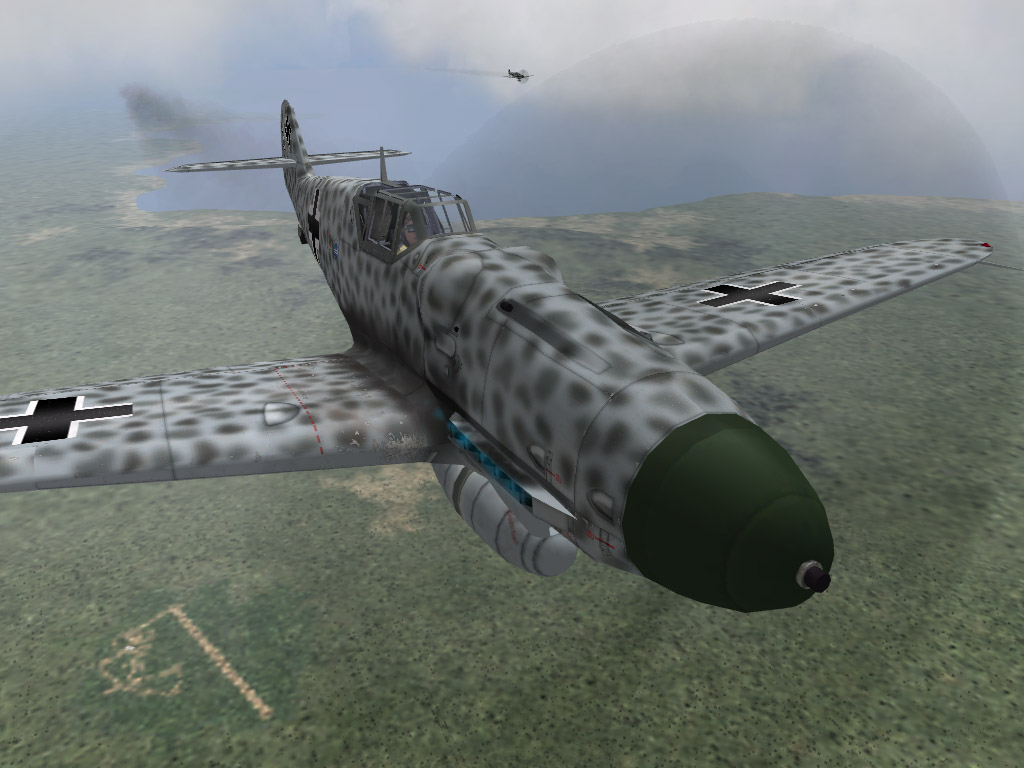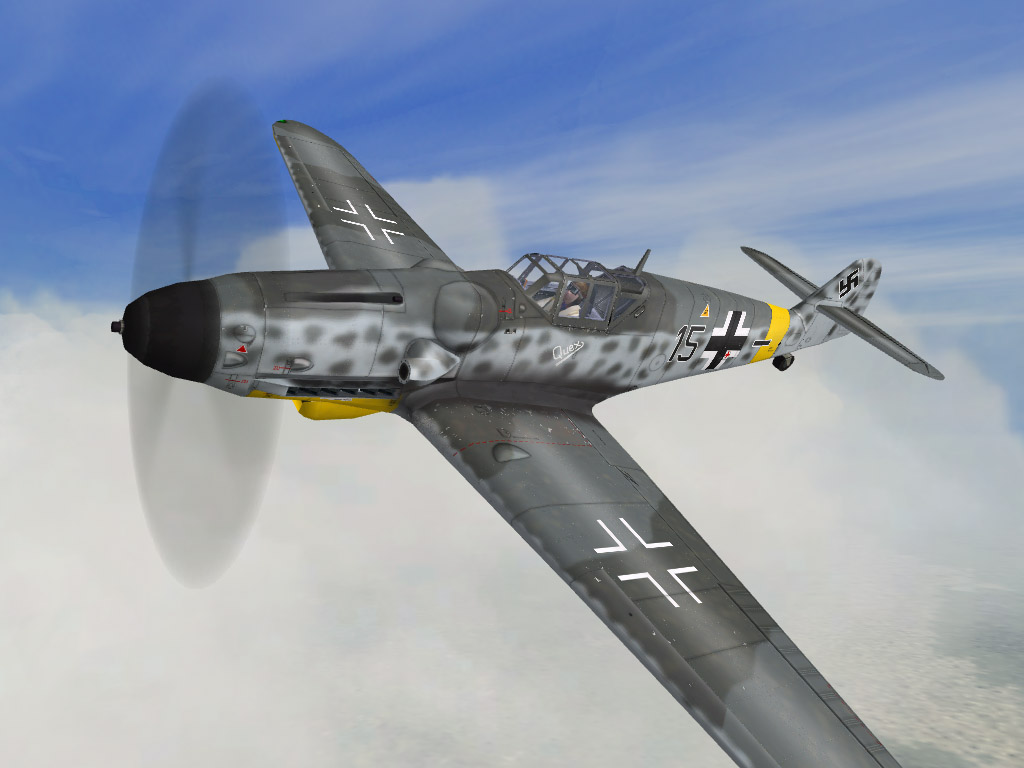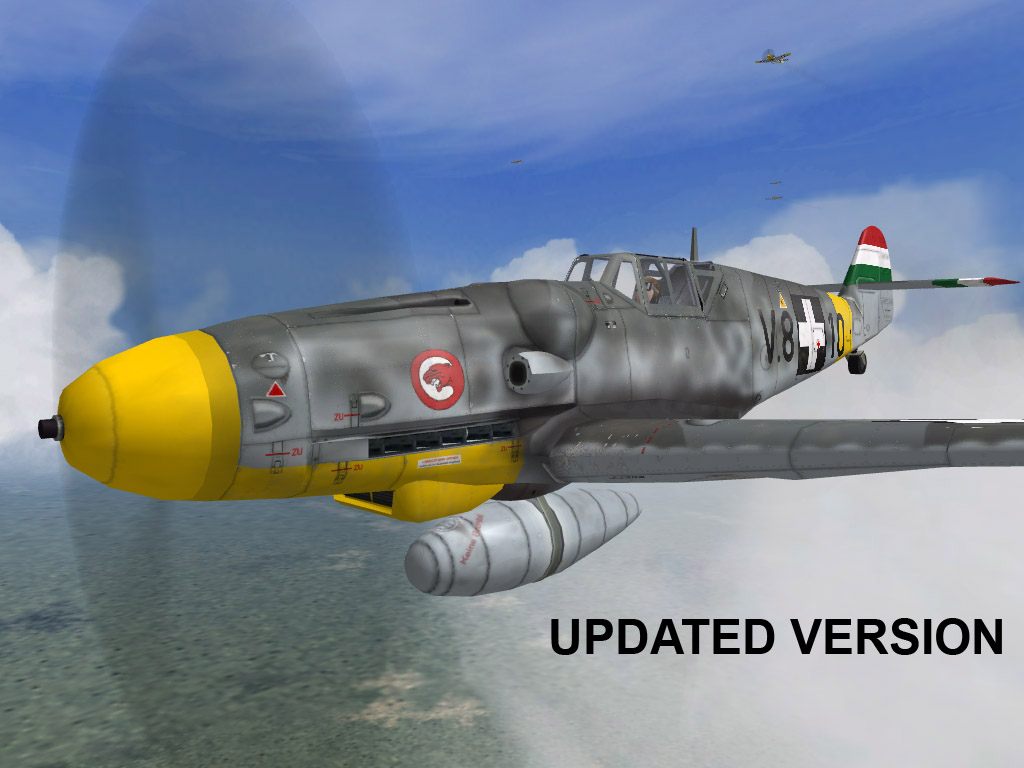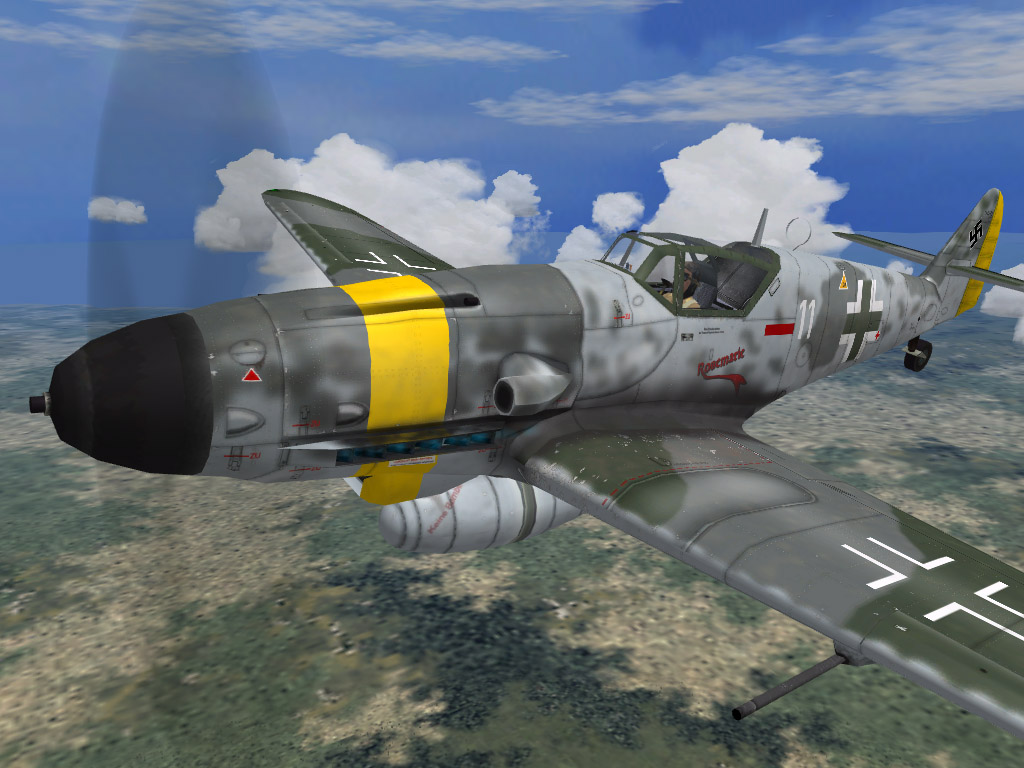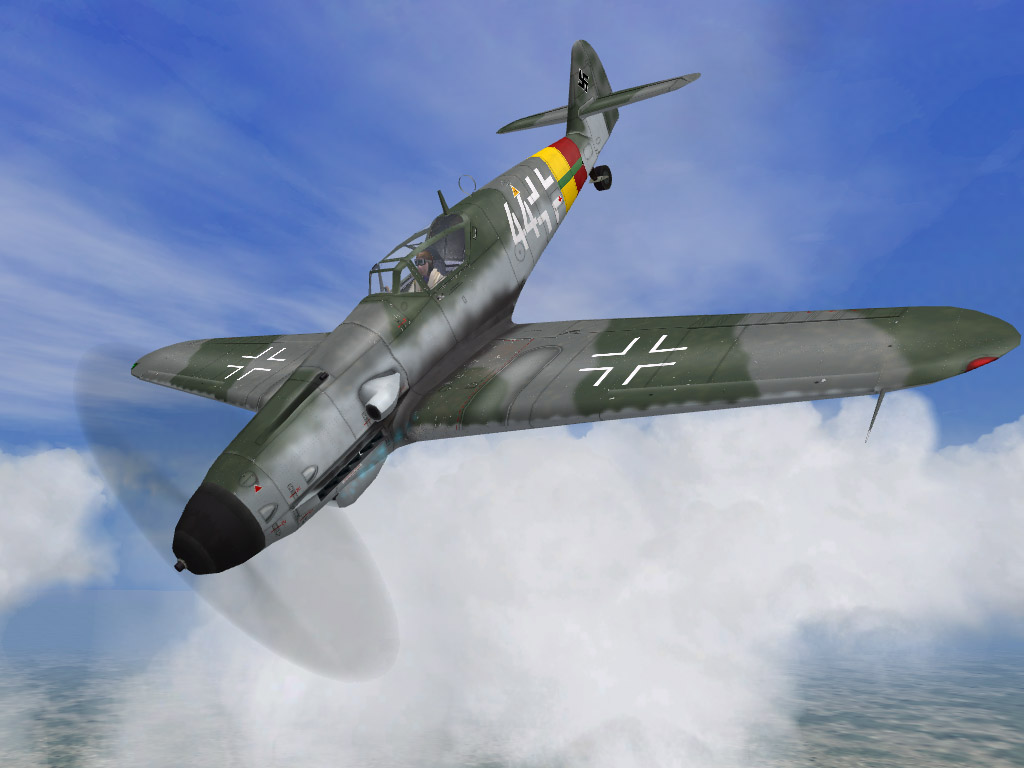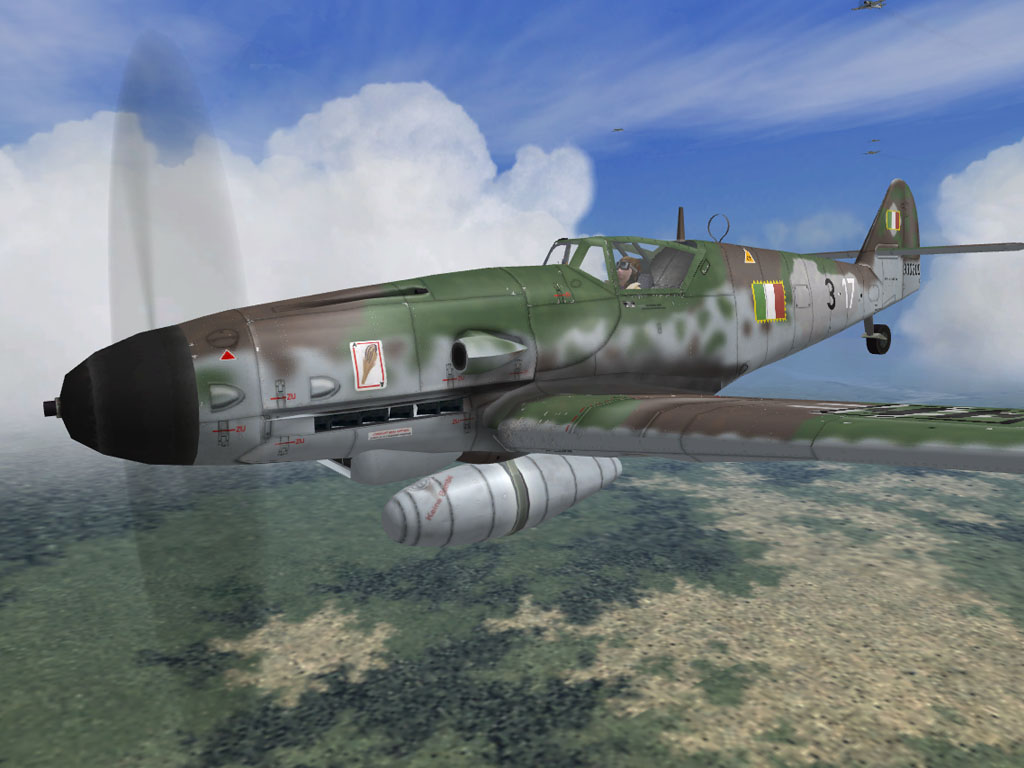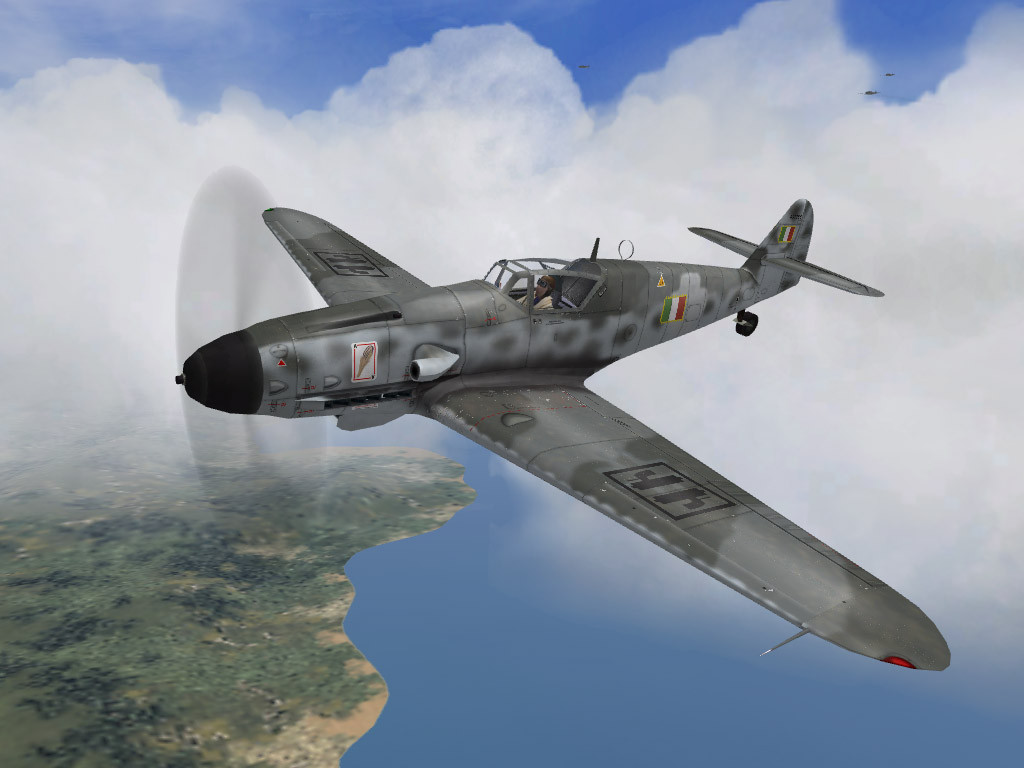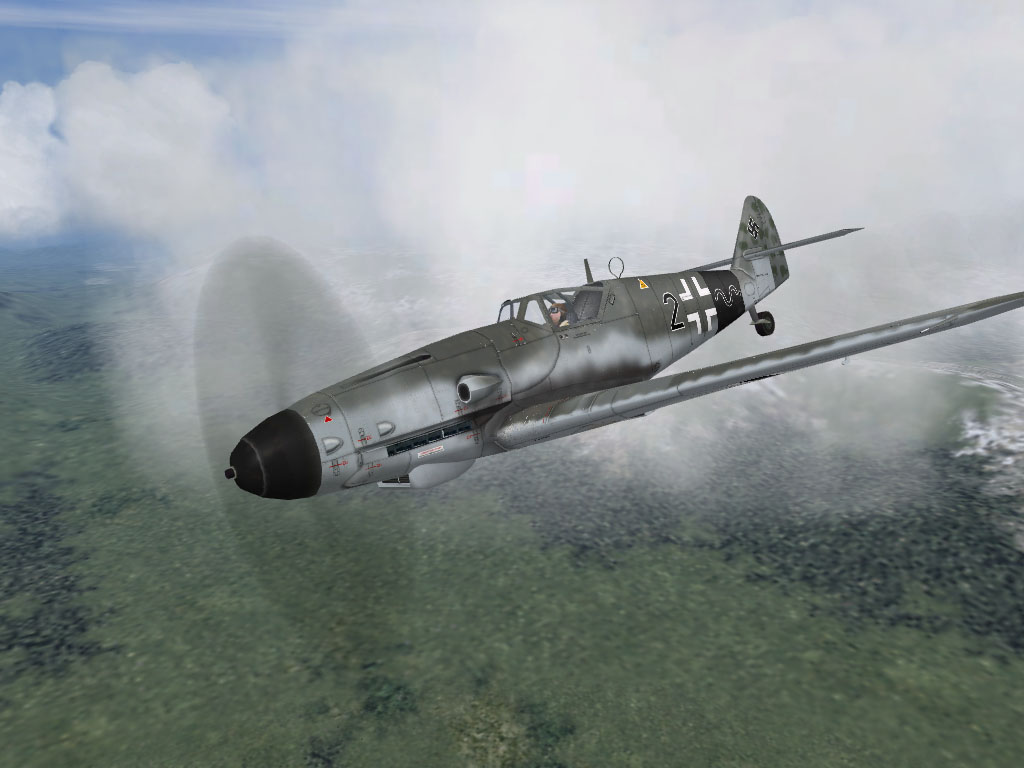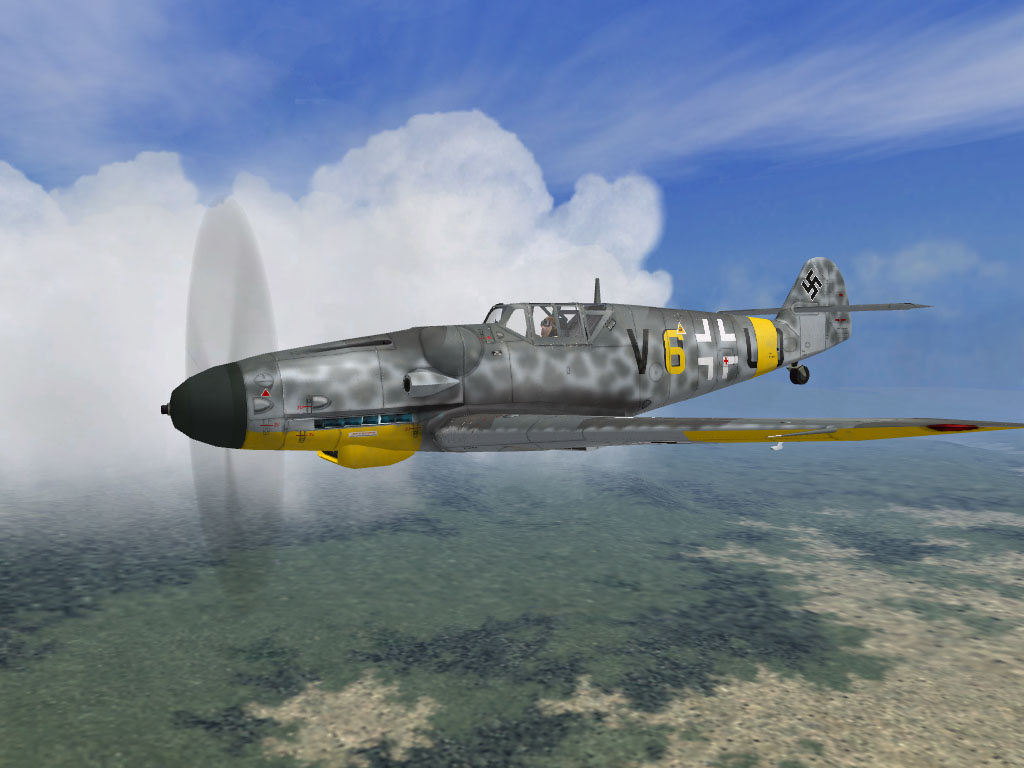-
Posts
964 -
Joined
-
Last visited
Content Type
Profiles
Forums
Gallery
Downloads
Store
Everything posted by ndicki
-

Buccaneer
ndicki replied to the test pilot's topic in Thirdwire: Strike Fighters 2 Series - General Discussion
Fantastic work - looks absolutely stunning! (With reduced LODs, please!) -

OT.. Luftwaffe destroying London & Birmingham again
ndicki replied to Davy TASB's topic in WOFF UE/PE - General Discussion
It's got nothing to do with the politicians, except perhaps those who proffer every possible excuse for bad, uncivilised behaviour on the grounds that the defendant comes from a disadvantaged background and never had access to HD TV until he was eight. And so on. If it was political, they'd be off to trash the Party headquarters or the Houses of Parliament. As they've decided to trash Dixons and Curry's instead, you can assume that it is exactly what it looks like - the criminal underclass who generally sit swilling Tesco budget lager in car parks, have decided it's time for some new gadgetry about the house. After all, there's a limit to the quantity of electronics and brand-name hoodies and trainers you can buy when you're on handouts. This is what you get after decades of lefty do-gooders who sob about the injustice of it all - "Poor boy, it isn't your fault you're a foul-mouthed dangerous little sh*t, have another handout and please be nice and stop mugging grannies and pushing drugs" - instead of teaching the bastards to get out of bed, wash, get dressed like normal human beings and above all, GET A FECKING JOB! And there are jobs to be had, even if to begin with it might not be much fun. Why do the Polish come to England by the boatload? And succeed? The future does not look frightfully rosy, I'm afraid to say. -
-
Very nice! Well done. Couple of minor hitches - the Springboks always face inboard or to the fore, and technical markings, for example on the control surfaces, are in Afrikaans or English, not French (admittedly, I can't read them, but they appear to contain three words - NE PAS MARCHER - rather than the two of BLY AF or NO STEP). I can't remember precisely how this was managed. I think it was English port side and Afrikaans starboard side on aircraft with an even-numbered serial, and vice-versa... Don't quote me because I could very probably be wrong. Lloyd might know.
-
Silvermans will have it, I'd expect, or Du Bora. http://www.silvermans.co.uk/ProductDetails/tabid/89/Department/Military/Category/WEBBING/Description/PLCE+WEBBING+YOKE/ItemId/3240/CurrentPage/1/Default.aspx You'll pay as much in carriage as you will for the yoke, but still, if you want it badly enough. Can't think why - PLCE is utter rubbish. '58 was far better once you got rid of the large pack.
-

Machine gun fire problem...
ndicki replied to ndicki's topic in Thirdwire: Strike Fighters 2 Series - World War II Forum
The problem is that we DON'T have workable fixes! We've got a few ideas, many of which might vaguely help get a few extra FPS, but the basic problem remains. -

Have we got a Malta?
ndicki replied to ndicki's topic in Thirdwire: Strike Fighters 2 Series - World War II Forum
Cheers, Kevin! -
This shouldn't work, but it does. You'll need to renumber the moves, of course. [Move4] ParentComponentName=fuselage ModelNodeName=Rocket_Pylon_L01 DestroyedNodeName=Rocket_Pylon_L01 DetachWhenDestroyed=TRUE HasAeroCoefficients=FALSE [Move5] ParentComponentName=fuselage ModelNodeName=Rocket_Pylon_R01 DestroyedNodeName=Rocket_Pylon_R01 DetachWhenDestroyed=TRUE HasAeroCoefficients=FALSE [Move6] ParentComponentName=fuselage ModelNodeName=Rocket_Pylon_L01 DestroyedNodeName=Rocket_Pylon_L02 DetachWhenDestroyed=TRUE HasAeroCoefficients=FALSE [Move7] ParentComponentName=fuselage ModelNodeName=Rocket_Pylon_R01 DestroyedNodeName=Rocket_Pylon_R02 DetachWhenDestroyed=TRUE HasAeroCoefficients=FALSE [Move8] ParentComponentName=fuselage ModelNodeName=Rocket_Pylon_L01 DestroyedNodeName=Rocket_Pylon_L03 DetachWhenDestroyed=TRUE HasAeroCoefficients=FALSE [Move9] ParentComponentName=fuselage ModelNodeName=Rocket_Pylon_R01 DestroyedNodeName=Rocket_Pylon_R03 DetachWhenDestroyed=TRUE HasAeroCoefficients=FALSE
-

Next up...
ndicki replied to ndicki's topic in Thirdwire: Strike Fighters 2 Series - World War II Forum
What, like this one? The one above is NOT a Luftwaffe machine, but a Croatian National Air Force one. This one below is from 15./JG 52. Enjoy, as the Yanks would say! -

Have we got a Malta?
ndicki replied to ndicki's topic in Thirdwire: Strike Fighters 2 Series - World War II Forum
Well, I've just had a look, and it is there... Except it is, well, somewhat symbolic. That is fine, given that the terrain seems to have been built with more up-to-date concerns in mind, with US air bases in Sicily and the Evil Ones living in Libya. If I were an Apache or Typhoon pilot, I'd be on that bit of terrain all day! But for WW2 Malta, it would need to be much more accurate... -
View File Spitfire MkVb, Op. Spotter, March 1942 Spitfire MkVb, No.249 Sqn RAF, Takali, Malta, March 1942 Malta stands in a key position in the middle of the Mediterranean, between Sicily and Libya, right on the main supply route for Axis forces in North Africa. For this reason, it came under constant attack from mid-1940 until late 1942 when the Allies took the initiative in North Africa. This is the longest siege in both British and Maltese history, and on 15th April 1942 King George VI awarded the island with the George Cross as a token of respect for its dogged and determined resistance. Initially, Malta was defended only by a handful of worn out Hurricanes which nonetheless gave a good account of themselves, but they were clearly not a match for the latest Bf109F fighters deployed by the Luftwaffe. The choice was simple - supply the island with Spitfires, or lose it. The difficult part of the operation involved actually getting the Spitfires to Malta in the first place. Shipping was being lost at an alarming rate, yet with the limited range of the Spitfire, flying them from Gibraltar was impossible. Finally, an underbelly slipper tank was designed, and a plan began to come together. The aircraft would be carried aboard HMS Eagle to a point off the Algerian coast from which they would be able to reach Malta with their last drops of fuel. The Spitfires were shipped to Gibraltar, assembled and made ready. The Eagle took them aboard and sailed to the fly-off point, dangerously close to a hostile coast... Only to find that the extra fuel tanks would not work owing to an undetected air-lock. The Navy was furious... On the second attempt on 7th March 1942, however, all aircraft bar one with fuel feed trouble took off successfully under the command of S/L Stan Grant, and flew the 660 mile journey to Malta without mishap. The way was open and Malta would survive. By the time the next delivery of a further 9 Spitfires took place two weeks later, only two of this initial batch were still airworthy. Serial numbers in this pack correspond to the aircraft used in Operation Spotter. All 16 were newly-built MkVb(T) aircraft, which explains their consecutive serial numbers. They were delivered in the typical Desert scheme of Midstone, Dark Earth and Azure Blue, and at the time of their epic flight, they did not yet carry individual letters. I have assigned these letters on a purely hypothetical basis as I have not been able to determine if they were in fact carried during service with 249 Sqn or not. For use ONLY with SF2 including the Israel Expansion Pack. This will NOT work if you do not have the stock TW Spitfires installed and working. Includes 2048 and 1024 size skin sheets. Credits: Model by Third Wire Flight Dynamics by ShrikeHawk based on TW Spitfire MkIXc Cockpit by Kesselbrut Skin, decals, data.ini modifications, formations, sounds and assembly by ndicki Guns by AvHistory Submitter ndicki Submitted 06/07/2011 Category Spitfire
-
185 downloads
Spitfire MkVb, No.249 Sqn RAF, Takali, Malta, March 1942 Malta stands in a key position in the middle of the Mediterranean, between Sicily and Libya, right on the main supply route for Axis forces in North Africa. For this reason, it came under constant attack from mid-1940 until late 1942 when the Allies took the initiative in North Africa. This is the longest siege in both British and Maltese history, and on 15th April 1942 King George VI awarded the island with the George Cross as a token of respect for its dogged and determined resistance. Initially, Malta was defended only by a handful of worn out Hurricanes which nonetheless gave a good account of themselves, but they were clearly not a match for the latest Bf109F fighters deployed by the Luftwaffe. The choice was simple - supply the island with Spitfires, or lose it. The difficult part of the operation involved actually getting the Spitfires to Malta in the first place. Shipping was being lost at an alarming rate, yet with the limited range of the Spitfire, flying them from Gibraltar was impossible. Finally, an underbelly slipper tank was designed, and a plan began to come together. The aircraft would be carried aboard HMS Eagle to a point off the Algerian coast from which they would be able to reach Malta with their last drops of fuel. The Spitfires were shipped to Gibraltar, assembled and made ready. The Eagle took them aboard and sailed to the fly-off point, dangerously close to a hostile coast... Only to find that the extra fuel tanks would not work owing to an undetected air-lock. The Navy was furious... On the second attempt on 7th March 1942, however, all aircraft bar one with fuel feed trouble took off successfully under the command of S/L Stan Grant, and flew the 660 mile journey to Malta without mishap. The way was open and Malta would survive. By the time the next delivery of a further 9 Spitfires took place two weeks later, only two of this initial batch were still airworthy. Serial numbers in this pack correspond to the aircraft used in Operation Spotter. All 16 were newly-built MkVb(T) aircraft, which explains their consecutive serial numbers. They were delivered in the typical Desert scheme of Midstone, Dark Earth and Azure Blue, and at the time of their epic flight, they did not yet carry individual letters. I have assigned these letters on a purely hypothetical basis as I have not been able to determine if they were in fact carried during service with 249 Sqn or not. For use ONLY with SF2 including the Israel Expansion Pack. This will NOT work if you do not have the stock TW Spitfires installed and working. Includes 2048 and 1024 size skin sheets. Credits: Model by Third Wire Flight Dynamics by ShrikeHawk based on TW Spitfire MkIXc Cockpit by Kesselbrut Skin, decals, data.ini modifications, formations, sounds and assembly by ndicki Guns by AvHistory -

Have we got a Malta?
ndicki replied to ndicki's topic in Thirdwire: Strike Fighters 2 Series - World War II Forum
Of course! It's on the list - Further MkVBs and VCs from 126 and 249 Sqns. I'm just doing things more-or-less chronologically. Thanks - didn't know that! -
We should have - it was the fighter pilot's paradise, so to speak. These are from the first batch of 16 Spitfires ferried by HMS Eagle during Operation Spotter - 15 aircraft finally took off from the carrier under S/L Stan Grant on 7th March 1942, and all 15 arrived safely in Malta. They were handed over to No.249 Sqn at Takali. Two weeks later when a further 9 aircraft arrived on Operation Picket I, only two of the initial batch were still airworthy. They were all newly-built MkVb aircraft received by No.8 MU and specially ferried to Gibraltar for embarkation on Eagle. It is practically unheard of for a squadron to have aircraft with consecutive serial numbers, but here, one or two gaps aside, it was the case! Now if a MAX-er would build me a fake pylon Vokes filter, it'd look far better...
-

Machine gun fire problem...
ndicki replied to ndicki's topic in Thirdwire: Strike Fighters 2 Series - World War II Forum
You all have points, but it IS the bullets. I've deliberately chosen the He111 because it does have good LODs - one of the few! - and you can get twenty or so of them before your fps get unreasonable. Heck has been thinking along the same lines as me, but appears to have got further. Are bullets actually modelled? That for each one, there is a tiny LOD file travelling through the air? Because if that is the case, there is very little we can do... Disabling tracer doesn't seem to help much, by the way. -
So there you are at angels 20 swanning round and enjoying the view, when you catch a glimpse of a swarm of Heinkels pottering along blithely towards the land of hope and glory, clearly intent on all kinds of mischief. "Toaster aircraft, this is Toaster Leader, about twenty bandits at two o'clock low, look like Heinkels. Blue section stay up and cover us - they may have little friends in the area, so keep them well peeled. Red section, going down..." And off you pop to give them a bit of a squirt, throttle back as you dive, eye in the mirror, there's Johnny covering your tail, so in we go... Thumb on the rocker, he'll do, that one at the back looking like he hasn't seen us and...." And your FPS drop to slideshow levels as the Heinkels open fire on you. Rather spoils the immersion, actually. Does anybody have any suggestions? I've tried a few things, but to no avail...
-

? for our 3d Guys...
ndicki replied to Wrench's topic in Thirdwire: Strike Fighters 2 Series - World War II Forum
This is VERY good news! May I join in on the skinning front at least with the Bf109F and derivatives? (Assuming it happens, that is.) Model builders who don't have a skinner to advise them are capable of doing the funniest things... -

Next up...
ndicki replied to ndicki's topic in Thirdwire: Strike Fighters 2 Series - World War II Forum
Thanks! Here are a few more then. There may be one in particular you'll like to see... I must remember to finish off the skins I've got for Monty's S-99, as well! (I need more space for photos!) -

Next up...
ndicki replied to ndicki's topic in Thirdwire: Strike Fighters 2 Series - World War II Forum
Well, I use pretty well the same techniques for SF as for CFS, although I admit I don't put quite as much detail always into the SF ones as I don't get to see it on my rig at least! Despite having settings on high or unlimited for aircraft. But the problem of chipping is that aluminium is not shiny really - if you pop along to your local warbirds museum and look especially at the propellors of the ones that still fly (they usually keep the rest of the paintwork unrealistically clean, and even use gloss paint in the US - ridiculous...) you'll see what I mean. It's greyish and shines really only when it gets the light. To represent that in CFS is easy - pale to medium greys in the visible layer, and high specularity in the specular layer to make it glint without it being too obvious when the light isn't on it. Without the specular layer, you'd need to use too pale a grey, and that, in my opinion, would just make it look as though it had had a few pigeons sitting on it for a while... -
View File Spitfire MkVb, No.401 Sqn RAF, 1942 Spitfire MkVb, No.401 (Canadian) Sqn RAF, Gravesend, May 1942 Originally No.1 Sqn RCAF, the squadron became operational on Hurricane at Northolt in August 1940 after a period of in-theatre training. After the Battle of Britain, in which it was reasonably successful, it was moved to Prestwick in Scotland. Shortly after returning to the South to Digby in February 1941, it was renumbered to No.401 to avoid confusion with No.1 Sqn RAF. Spitfire MkIIs replaced the Hurricanes in September 1941, and were themselves replaced by MkVbs before the end of 1941. These aircraft remained until their replacement, in turn, with the new MkIX in the course of the late summer of 1942, making 401 one of the first squadrons to operate the MkIX. In October 1941, 401 had moved from Digby to Biggin Hill, carrying out offensive sweeps over Northern France. Serial numbers in this pack correspond to MkVb aircraft used by 401 Squadron during 1942, although many of these aircraft were on strength only for some days, for obvious reasons. Where a pilot has been identified as having flown a particular aircraft (The Royal Air Force did not attribute aircraft to particular pilots, although many did tend to have their favourites) that pilot has been listed in the menu. Aircraft of note are Pilot Officer Don Blakeslee's BL753 'H' and Pilot Officer Don Morrison's BM373 'F'. Aircraft appearing in the menu without an asterisk carry the correct individual letter for that aircraft. This Ocean Grey/Dark Green/Medium Sea Grey Day Fighter Scheme was introduced wef August 1941, although its implementation lasted up until at least the end of 1941. This original shade of Ocean grey, not to be confused with the shade standardised in mid-1942, was ordered to be mixed from seven parts Medium Sea Grey to one part Night and applied on-squadron. In practice, while it could vary wildly, it was generally darker than the later, factory-produced shade, and lacked the blueish hue. It is typical of the period running from late 1941 until the autumn or even winter of 1942. For use ONLY with SF2 including the Israel Expansion Pack. This will NOT work if you do not have the stock TW Spitfires installed and working. Includes 2048 and 1024 size skin sheets. Credits: Model by Third Wire Flight Dynamics by ShrikeHawk based on TW Spitfire MkIXc Cockpit by Kesselbrut Skin, decals, data.ini modifications, formations, sounds and assembly by ndicki Guns by AvHistory Submitter ndicki Submitted 06/06/2011 Category Spitfire
-
204 downloads
Spitfire MkVb, No.401 (Canadian) Sqn RAF, Gravesend, May 1942 Originally No.1 Sqn RCAF, the squadron became operational on Hurricane at Northolt in August 1940 after a period of in-theatre training. After the Battle of Britain, in which it was reasonably successful, it was moved to Prestwick in Scotland. Shortly after returning to the South to Digby in February 1941, it was renumbered to No.401 to avoid confusion with No.1 Sqn RAF. Spitfire MkIIs replaced the Hurricanes in September 1941, and were themselves replaced by MkVbs before the end of 1941. These aircraft remained until their replacement, in turn, with the new MkIX in the course of the late summer of 1942, making 401 one of the first squadrons to operate the MkIX. In October 1941, 401 had moved from Digby to Biggin Hill, carrying out offensive sweeps over Northern France. Serial numbers in this pack correspond to MkVb aircraft used by 401 Squadron during 1942, although many of these aircraft were on strength only for some days, for obvious reasons. Where a pilot has been identified as having flown a particular aircraft (The Royal Air Force did not attribute aircraft to particular pilots, although many did tend to have their favourites) that pilot has been listed in the menu. Aircraft of note are Pilot Officer Don Blakeslee's BL753 'H' and Pilot Officer Don Morrison's BM373 'F'. Aircraft appearing in the menu without an asterisk carry the correct individual letter for that aircraft. This Ocean Grey/Dark Green/Medium Sea Grey Day Fighter Scheme was introduced wef August 1941, although its implementation lasted up until at least the end of 1941. This original shade of Ocean grey, not to be confused with the shade standardised in mid-1942, was ordered to be mixed from seven parts Medium Sea Grey to one part Night and applied on-squadron. In practice, while it could vary wildly, it was generally darker than the later, factory-produced shade, and lacked the blueish hue. It is typical of the period running from late 1941 until the autumn or even winter of 1942. For use ONLY with SF2 including the Israel Expansion Pack. This will NOT work if you do not have the stock TW Spitfires installed and working. Includes 2048 and 1024 size skin sheets. Credits: Model by Third Wire Flight Dynamics by ShrikeHawk based on TW Spitfire MkIXc Cockpit by Kesselbrut Skin, decals, data.ini modifications, formations, sounds and assembly by ndicki Guns by AvHistory -

B-52K 'S' for Sugar
ndicki replied to Spinners's topic in Thirdwire: Strike Fighters 2 Series - Sci-Fi/Anime/What If Forum
Nice stuff! Lots of imagination! -

Next up...
ndicki replied to ndicki's topic in Thirdwire: Strike Fighters 2 Series - World War II Forum
The tgas are cockpit specular files - there are jpg files for external specularity, that go in with the main texture files. The Spits don't get them, being AI-only. The Mustang and Meteor do though. Could be useful if I get bored! -

Next up...
ndicki replied to ndicki's topic in Thirdwire: Strike Fighters 2 Series - World War II Forum
Well, the Mustang and the Meteor have tga reflective sheets, but I can't for the life of me see where they go...


